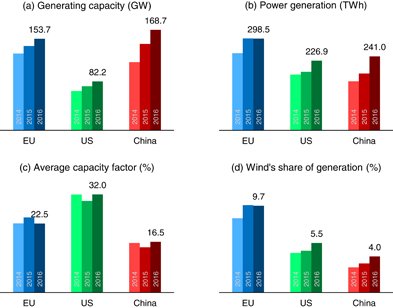phyast.pitt.edu/~blc/book/chap…
1/

2/
3/
[Interestingly but semi-parenthetical, professional labor grows from 38% of total labor costs in 1978 to 52% in 1987]
4/
Design/permit process: Project initiation to ground breaking was 16 months in 1967, 32 months in 1972, and 54 months in 1980.
Construction: Ground breaking to operation testing was increased from 42 months in 1967, to 54 months in 1972, to 70 months in 1980.
5/
-Roughly 2x attributed to increased overnight costs, mostly from labor.
-Roughly 2x attributed to increased interest costs, due to lengthening time to complete the project.
So why did that happen?
6/
(1) Regulatory ratchet (rules only ever more stringent);
(2) Regulatory turbulence (rules change during project, hilarity ensues);
(3) Every plant first of its kind
(4) Enviros (a few directly-thrown monkey wrenches).
7/
8/
9/
10/
11/
12/
13/
14/
15/
16/
17/
18/
19/
20/
21/
22/
23/
24/
/END





